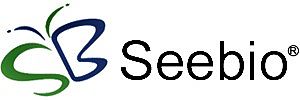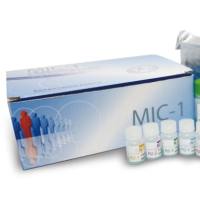Recombinant Antigens in Viral Diagnosis
互联网
820
Traditionally, the accurate detection of viruses and the diagnosis of viral diseases has been difficult and expensive as viruses cannot be visualized by conventional light microscopy and need propagation in primary or continuous cell culture. The advent and increasing sophistication of electron microscopy (EM) has greatly facilitated the detection of those viruses with a defined and robust structures, e g., adenoviruses, polioviruses, rotaviruses and, more recently, Norwalk virus and “Norwalk-like agents” (1 ). Diagnosis of diseases caused by other viruses, especially enveloped viruses such as influenza virus, measles virus, and yellow fever virus, has depended almost entirely on the detection of antibodies in sera, saliva, or cerebrospinal fluid (CSF). Initially, serological assays depended on detecting antibodies that inhibited biological functions of the virus, and such assays included plaque reduction neutralization tests (PRNT), hemagglutinin inhibition assays (HI), and complement fixation (CF) assays (2 ). Although these assays can be specific and reliable in the hands of an experienced laboratory worker, they suffer from several significant disadvantages. HI and CF assays are frequently very specific, but are relatively insensitive, and require the preparation and at least partial purification of large amounts of viral antigen. Furthermore, these assays will not differentiate between recent and past infections. Because antigen production is nearly always dependent on virus growth in tissue culture, it can be expensive, laborious, and, in the case of human pathogens like yellow fever virus and rabies virus, potentially dangerous, requiring sophisticated containment facilities. Moreover, all these procedures require well-trained and competent technical experts to ensure the safe and reliable supply of high-quality reagents. PRNTs have significant advantages over other traditional tests in that they can be very sensitive and specific and do not require the preparation and purification of large amounts of antigen. They do, however, suffer from all the drawbacks of any tissue culture-based system and in addition necessitate the handling of live virus and live cells under sterile conditions throughout the assay procedure. These assays are very slow, requiring anything from 2 d to 3 wk to complete. In recent years the adaptability of laboratory assays to automation has been of increasing importance leading to the decreasing popularity of biological assays which are very difficult and expensive to automate.









